The post Why classical musical instruments do not lose popularity appeared first on Motel Demoka.
]]>How to choose the right instrument for you
Choosing the right instrument can be a daunting task but it doesn’t have to be! When looking for an instrument, ask yourself what sounds appeal to you. What genre do you most enjoy listening to? Do you like the sound of a guitar or a trumpet? The type and brand of instrument can also make quite a difference in sound quality, so taking some time to research could help guide your choice. Ultimately, choose an instrument that resonates with your soul because that is how you will get the most enjoyment out of playing it. It may take some trial and error along the way, but finding the right instrument for you is worth every minute!
Modern technology as a tool to find your instrument
The modern age has revolutionized our ability to access tools that can help us find the instrument of our dreams! With modern technology, anyone can search online and explore a vast array of options when it comes to finding their desired dream instrument. Whether you are in the market for a guitar, ukulele or even a modern synthesizer, modern technology can help you locate it quickly and efficiently. By searching online and comparing prices, musicians of all levels now have the opportunity to explore various stores and find exactly what they are looking for. No matter your level of expertise, modern technology provides the perfect tool for finding your desired instrument!
Why the synthesizer was a revolutionary invention
The synthesizer was truly a revolutionary invention when it made its debut. This electronic keyboard provided various sound synthesizing capabilities, allowing anyone to easily create an infinite number of sounds with the turn of a dial. It quickly became an essential tool for music producers and performers alike, ushering in a new era of music experimentation and creation. Who could have imagined that creating such intricate sounds would be simplified to the push of a button? The synthesizer revolutionized the way we make music by making it easier than ever before to experiment, produce and express ourselves through sound.
Where to start in music and musical instruments
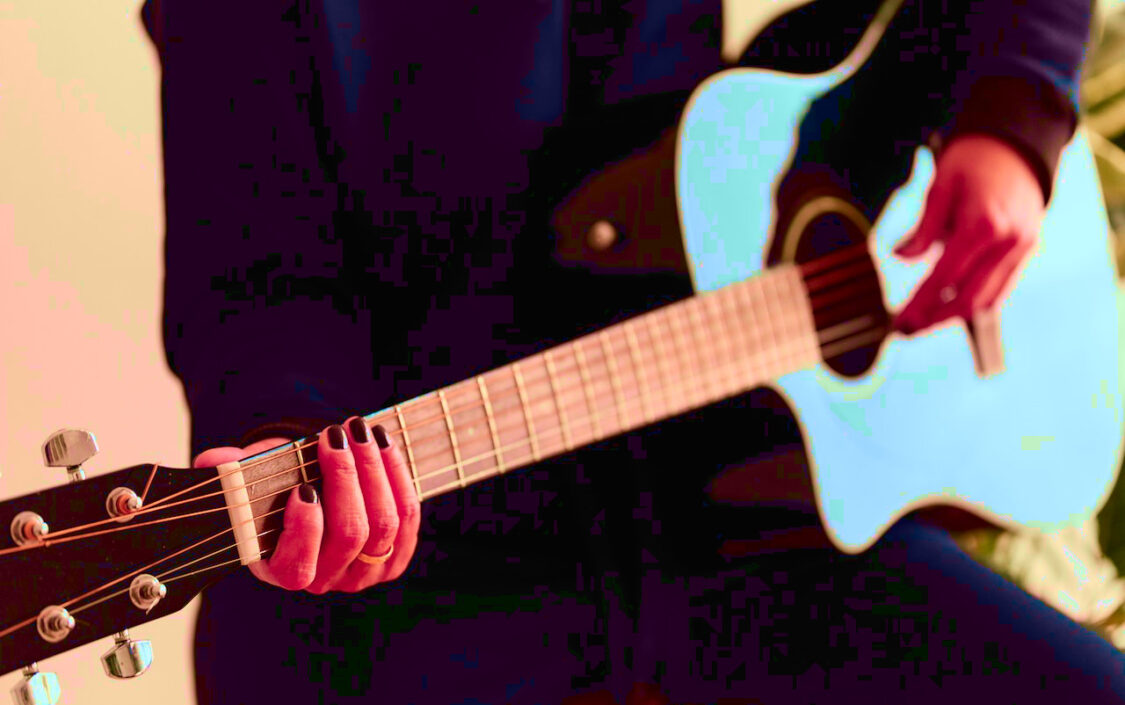
Getting start with music and musical instruments can be an incredibly rewarding experience! Whether you start by taking up singing, learning guitar or picking up the violin, embracing this type of creative discovery opens up a world of sound. Listening to your favorite songs while playing along, jamming with a group of friends or composing original music all start with learning foundational skills on a musical instrument. Take it one step at a time – start with some simple tunes, get comfortable with holding your instrument and study techniques for interpretation to develop your craft. You’ll find that the more time you dedicate to mastering your instrument in practice, the more enjoyment you will receive from creating art through music.
Top 5 compact musical instruments
If you’re looking for compact musical instruments, look no further! These top 5 compact musical instruments provide hours of entertainment and are perfect for outdoor concerts, jam sessions, or just simple fun. Whether you’re looking for a small concertina in your pocket or a mini ukulele to carry around, these compact musical instruments will take you to new heights. From the melodic jew’s harp to a compact harmonica, these tiny instruments will have you reaching the stars of music.
List of compact musical instruments:
#Mandolin
#Ocarina
#Harmonica
#Mouth Harp
#Nose Flute
The post Why classical musical instruments do not lose popularity appeared first on Motel Demoka.
]]>The post How does piano tuning work? appeared first on Motel Demoka.
]]>It is important to understand that the tuner’s main task is to organize an extremely stable string with the correct pitch ratios. It is necessary to achieve a result where the string retains its original tension level, even when the piano keys are pressed vigorously. This characteristic has its own unique nature, which differs, for example, from the stability of the piano string as a whole. This characteristic can be affected by various external factors. These can include temperature fluctuations, humidity dynamics, and so on. In the case of a highly stable string, the element can be tuned fundamentally wrong, causing the string line to be deformed after only a few keystrokes.
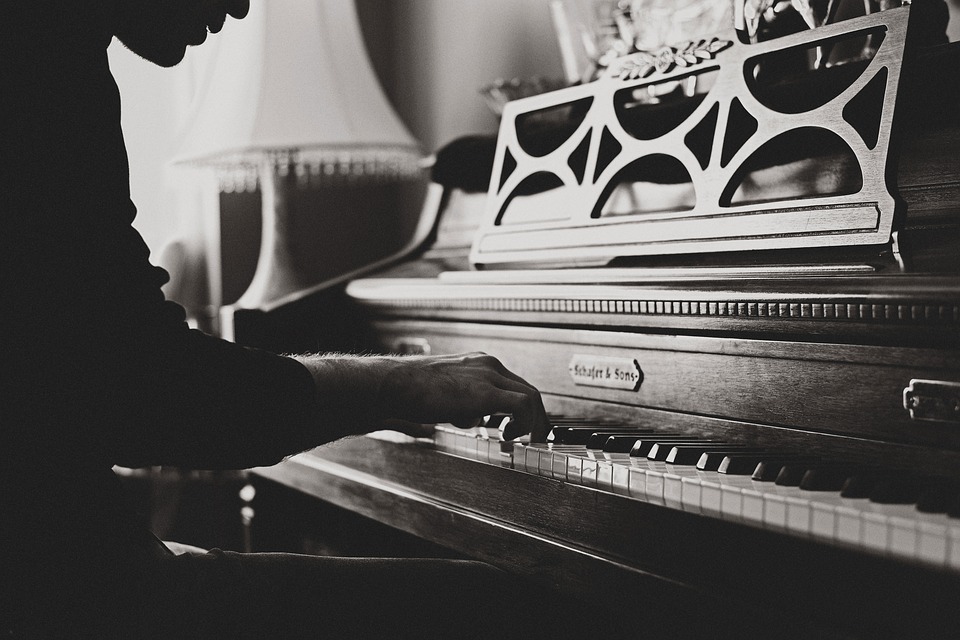
The stability of the strings is conditioned by several factors at once. Let’s consider these details in detail. Generally, they can be divided into 3 components:
- This is the unused component of the part, which is located in the space between the pin and the agraffe.
- The working component, whose vibrations cause the hammer to strike.
- The non-working component, which is located below. Namely, it occupies the space between the two pins: the peg and the cast-iron frame.
Sometimes the tension of the string has an uneven character. This occurs at the moment of winding on the whorl because of the friction in those places where the working component of the part is cut off. Initially the tension “strikes” the first component, which we have discussed below, then covers the second and then the third non-working component. To prevent uneven distribution of tension due to hammer blows, a number of steps must be taken.
In this case, a slight tug on the string will help, at which time you will press down hard on the keys. This manipulation will provide a uniform distribution of tension throughout the string as a whole.
Also take into consideration the elasticity of the whorl. As you know, it is hammered into the base of the virbelbank, which is created from wood. During the tuning process, the part of the whorl that is fixed in the whorlbank will rotate at a slower rate than the outermost part, which serves as the base for winding the string on it. Such a situation is called a winetail warp.
It is for this reason that fine tuning involves not rotating the pin by exerting pressure on this piece. In addition, in order for the string to be extremely stable, it is necessary to ensure a competent final positioning of the whorl. Specialists advise that it be set so that by the end of the tuning procedure, the part is tilted downward just a little bit. This is necessary so that it can maintain a stable position even with very strong and powerful pressings on the piano keys, which in any case would provoke too much string tension.
When tuning, the pin can be subjected to rotation, pressure, as well as creating bends. The latter method is considered very controversial. However, it is often used by tuners abroad because it is considered extremely accurate and effective. The process is carried out as follows: you need to bend the whorl just a little bit, using a special key, and make strokes on the key, listening to the string beats. The procedure must be carried out with the utmost care, as otherwise it is possible to damage the fastener. The final position of the pin should be such that it is possible to compensate for the string tension, giving it its original position.
Important detail: at all stages of tuning, the string must be carefully listened to. If this is not done, the process will simply be ineffective and will not produce the desired result.
The post How does piano tuning work? appeared first on Motel Demoka.
]]>The post Miniature Hawaiian guitar. History of the ukulele appeared first on Motel Demoka.
]]>All musical instruments are unique and each has its own fans. There are instruments with a solid centuries-old history, for which world-famous composers wrote their works, and there are those that appeared relatively recently, but quickly became popular around the world and loved by many. Ukulele is one of these instruments – a miniature Hawaiian guitar with 4 strings – which conquered almost the entire globe and continues to gain popularity.
History of the ukulele’s origins
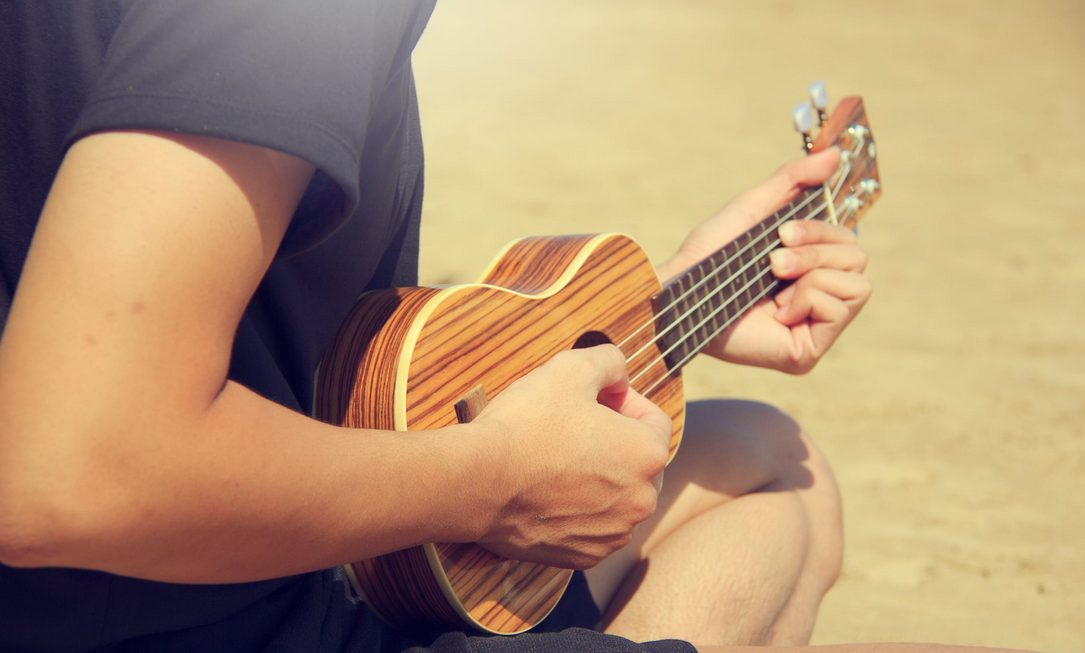
Kawakinyo – ancestor of ukulele guitarIn the old days, when there were still roving musicians walking around Europe, most of them were so poor that they did not have enough money even for food, not to mention guitars and lutes. So they got out of that situation by creating a smaller guitar with 4 strings. These guitars became very popular in Portugal and Brazil and were called macheti or cavaquinho.
It was these that Portuguese furniture makers Augusto Diaz, Jose do Esperito Santo, Manuelo Núñez and Joao Fernández brought to Hawaii in 1879. Initial plans to sell furniture didn’t work out, so they began to make musical instruments. After experimenting with the cavaquinho, they changed the body a little, the tuning became different, and thus the ukulele was born. It happened in 1886. They performed with their brainchild at a small feast, where King David Kalakaua and his niece were present. The king liked the instrument so much that he added it to the royal orchestra. The locals quickly learned to play the instrument and began to sing folk songs to its accompaniment.
World fame
Interest in Hawaiian music in America began to gain momentum after Hawaii was annexed into the United States in 1898. In 1899, steel guitarist Julie Paka arrived in San Francisco and soon, along with his wife and a small group of Hawaiian musicians, they began their performances as a lineup: steel guitar (or Hawaiian guitar), Spanish rhythm guitar and ukulele. By 1920, the ukulele’s popularity, like all things Hawaiian, was at its peak. The performance of the Royal Hawaiian Quartet and others at the International Pacific-Panamanian Exposition in San Francisco in 1915 played no small part in this.
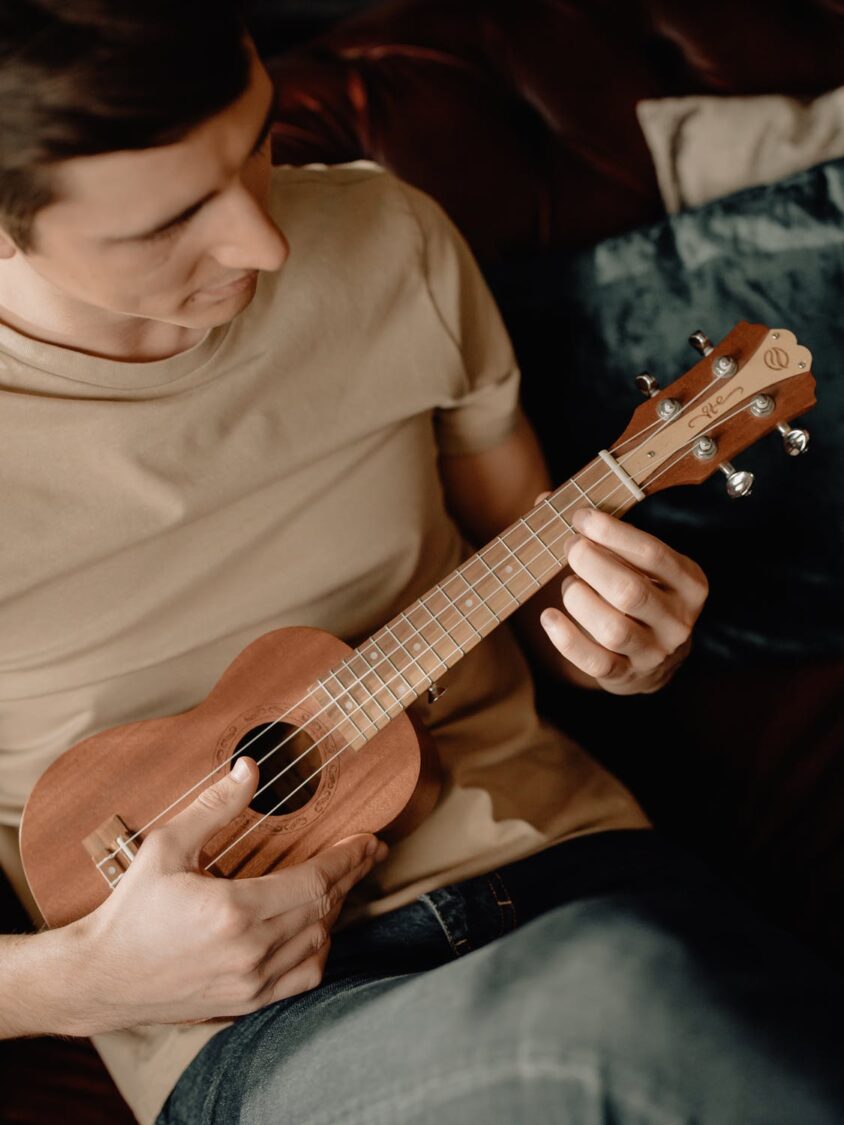
Several musical instrument companies are launching large-scale ukulele production in America. These include the Regal Musical Instrument Company, Harmony Company, and C. F. Martin & Company. Through experimentation and attempts at refinement, soprano, concert, tenor and baritone ukuleles emerge. Then, for a while there is a lull in the history of the ukulele and it is replaced by the banjolele, characterized by a louder sound. But after World War II, interest in Hawaiian music and the ukulele begins to revive again. Mario McCafferry opens up production of inexpensive plastic ukuleles, which sell out like hot buns. The fact that many pop and movie stars played this little guitar also helped to increase public interest. The ukulele can be heard in jazz compositions of the 1950s, 1960s and 1970s.
Now the ukulele is experiencing another wave of popularity again. And not surprisingly, the instrument is inexpensive and easy to learn to play. It can be bought as a gift, both for adults and children.
The post Miniature Hawaiian guitar. History of the ukulele appeared first on Motel Demoka.
]]>The post A little about the flute appeared first on Motel Demoka.
]]>The earliest mentions of the longitudinal flute exist in Greek mythology and Egyptian history (third millennium BC).
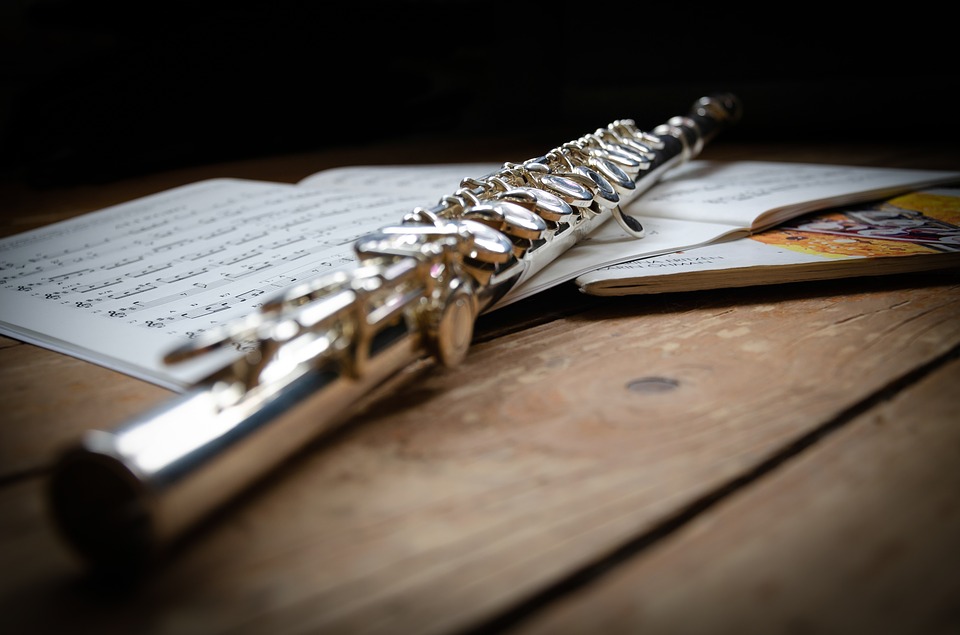
In China, the first mentions of the transverse flute with five to six finger holes date back to the first millennium B.C., as do Japan and India. Revolutionary changes in flute design happened in the very middle of the nineteenth century with the help of Theobald Bemu.
Although modern flutes are woodwind instruments, they are usually made of metal alloys using gold, silver and even platinum. This gives them a brighter sound and easier sound extraction, unlike the wooden flutes that preceded the metal flutes of past centuries.
The flute is one of the most virtuoso instruments of the symphony orchestra. Its passages are full of arpeggios and passages.
The post A little about the flute appeared first on Motel Demoka.
]]>The post The structure of the classical guitar appeared first on Motel Demoka.
]]>Very often people limit their knowledge to the fact that a guitar has a neck, picks and strings, and they think that’s enough. But it’s not quite so, because if something happens with your instrument, you won’t be able to explain to a master the essence of the problem correctly. And it’s always useful to know more for general development.
So, the most basic parts of a guitar are the body and the neck, which, in their turn, are divided into parts, which we are going to get acquainted with.

First, let’s look at the body. It’s made up of the top deck and the soundboard. The top deck is often called the top. The rim between the two is the obelisk. On the top deck there is a rosette, a circular soundboard, and a bridge, or so called a string holder, on which the bottom fret is mounted. The strings go from the tailpiece, to which the strings are attached, along the neck to the tuning fork.
Now let’s have a closer look at what the fingerboard is made of
At the body itself, where the fingerboard joins it, is the heel of the fingerboard. The fingerboard itself has the fretboard and between the fretboard and the fretboard are the fret pads. After the last fret comes the top fret. And crowning this whole construction is the head of the neck, where is the tuning knob, where the strings are strung and with which you can tune your guitar.
Now you know a little more about your favorite instrument, which will allow you to feel confident when talking to guitar masters and other musicians.
The post The structure of the classical guitar appeared first on Motel Demoka.
]]>The post Unusual musical instruments: what is a glucophone? appeared first on Motel Demoka.
]]>Glucophones refer to petal drums, and it is one of the “youngest” musical instruments! Just think, a video showing the first glucophone prototype appeared on the Internet in 2007. It showed Felle Vega, a percussionist from Spain, extracting cosmic sounds from half a propane cylinder cut into petals.
Well, percussion instruments with a certain pitch themselves were not invented in the past or the century before last – they are many thousands of years old. They are often found among the folk musical instruments. Especially in Africa, where percussion is known to be very popular.
What does the glucophone look like now?
Modern instruments are two bowls welded together. The upper bowl is cut into petals of different sizes, while the lower bowl has a hole that gives the sound an outlet.
Even a baby can play the glucophone! All because the music begins to sound as soon as you touch the instrument. With your hands or with special sticks – it doesn’t matter. This is because the petals of the drum (as we said, glucophone refers to drums) resonate from the touch and spread the vibration around. Due to this the sound is extracted.
The sound of the instrument is directly related to its size. The smaller the glucophone, the thinner and higher the sound will be. A dense and rich bass can be achieved from an instrument of larger size. The size also affects the sound of the individual lobes, the lower the tone, the bigger the lobe.
How to learn to play the glucophone?
You just take it and play it.  The glucophone is the kind of instrument that has harmony “automatically” built into it. Almost all intervals will be harmonic. So you have to rely on your ear and your mood and pick up exactly those combinations that will please you. Glucophone lovers note that the basic principle of learning on this instrument is not to disperse your attention to the whole disc. Concentrate on a couple or three petals, play their sound, switch to the next, change, alternate. In this way you will develop your hearing and learn to transmit through the glucophone exactly what you want.
The glucophone is the kind of instrument that has harmony “automatically” built into it. Almost all intervals will be harmonic. So you have to rely on your ear and your mood and pick up exactly those combinations that will please you. Glucophone lovers note that the basic principle of learning on this instrument is not to disperse your attention to the whole disc. Concentrate on a couple or three petals, play their sound, switch to the next, change, alternate. In this way you will develop your hearing and learn to transmit through the glucophone exactly what you want.
At the heart of the sound is a “bouncing bounce,” a sharp blow on the petal. To play with your fingers, it won’t hurt to develop your joints.
Today, the glucophone is a faithful companion of street musicians. It is easy to take with you, and its unusual look and sound will hardly leave even a casual spectator indifferent. Professional bands do not use glucophones very often yet, there is too little “room for maneuver”, not enough notes and, consequently, tonalities for the performance of complicated music.
The post Unusual musical instruments: what is a glucophone? appeared first on Motel Demoka.
]]>